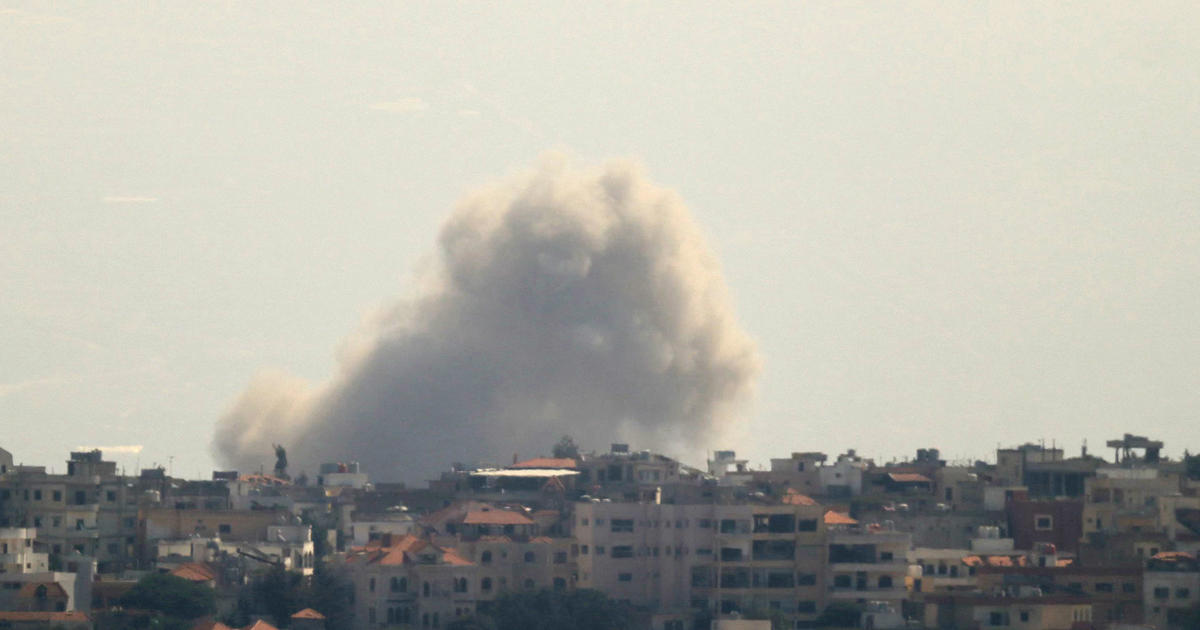The recent deployment of a Terminal High Altitude Area Defense (THAAD) system to Israel by the United States marks a significant escalation in the ongoing regional conflict. This decision, made in response to Iranian missile attacks and amidst escalating tensions, highlights the complex interplay of geopolitical factors and the evolving dynamics of regional security. The deployment not only strengthens Israel’s defensive capabilities but also carries broader implications for the stability of the Middle East and the US’s role in the region. This move underscores the US commitment to Israel’s security, while simultaneously raising concerns about potential escalation and the risk to American personnel.
US THAAD Deployment to Israel: A Defensive Measure?
The Biden administration’s decision to deploy a THAAD battery, along with approximately 100 US troops, to Israel is framed as a defensive measure aimed at bolstering Israel’s defenses against potential Iranian ballistic missile attacks. The deployment follows a series of Iranian missile attacks on Israeli territory. The Pentagon has explicitly stated that this deployment is intended to augment Israel’s existing air defense systems, thereby creating a stronger layered defense against potential future attacks.
Justification for Deployment
The official justification hinges on several points: Firstly, the unprecedented scale and nature of the recent Iranian attacks necessitate a demonstrable show of US support and military assistance. Secondly, the deployment aims to enhance Israel’s ability to defend itself and its citizens against further missile strikes, ultimately protecting American citizens residing in Israel as well. Thirdly, the action reinforces the long-standing strategic alliance between the US and Israel, highlighting the ironclad commitment to Israel’s security and territorial integrity.
Strategic Implications and Concerns
While the stated goal is defensive, the deployment also has significant strategic implications. The move could be perceived as provocative by Iran, potentially further escalating tensions in an already volatile region. The presence of US troops on Israeli soil inherently increases the risk of direct US involvement in the conflict, raising concerns about unintended consequences and potential escalation. This deployment may embolden Israel and increase the likelihood of military actions against Iran, significantly destabilizing the region. The deployment also highlights the intricate geopolitical balancing act the US must navigate in the Middle East.
Iran’s Response and Regional Tensions
Iran has reacted to the THAAD deployment with warnings directed at the US, cautioning against increased military involvement in the region. The message carried on social media, attributed to a former Iranian official, underscores the heightened tension and sensitivity surrounding the deployment. This official warning expresses concern for the safety of the deployed American soldiers. Iran emphasized the continued efforts to prevent all-out war, simultaneously asserting that protecting national interests is a non-negotiable red line for Iran. The statements, while cautionary, don’t offer concrete details on potential responses and fall short of direct threats of further escalation. This, however, should not be interpreted as an indication of de-escalation.
Potential for Escalation
The presence of US troops operating advanced missile defense systems within range of Iranian retaliatory capabilities is undeniably a high-stakes move, and it is highly likely to create significant tension in the region. Such heightened risks, when coupled with the precarious balance of power in the area and various active proxies, can create opportunities for inadvertent conflict. Any miscalculation or unintended action by any actor involved can exponentially raise the stakes of this complex situation, creating multiple ripple effects on global scales. Any form of retaliatory attack by Iran, regardless of its scale, will dramatically intensify the existing tensions and push the crisis further towards the risk of all-out war.
Historical Context and Future Projections
This isn’t the first time the US has deployed THAAD systems to the Middle East. Similar deployments occurred previously in the region, notably following other attacks on Israel and in response to exercises, underscoring a pattern of US military deployments to strengthen the security posture of allies in this volatile geopolitical area. It suggests a strategy of deploying these systems as necessary to address emerging and immediate security concerns for its strategic allies. These temporary deployments often provide important intelligence, allowing for greater data collection and analysis and aiding in preparedness against further attacks.
Implications for Future US Policy
The THAAD deployment signals a continuation of a pattern of heightened US involvement in regional security affairs. It highlights a US commitment to using military means to support its allies and safeguard interests in a high-stakes environment. This policy is unlikely to change significantly in the near term. Further deployments of US military assets may depend largely on how tensions continue to develop between the involved nations, adding a strong indication that the current US strategy is to maintain a substantial role in Israeli defense and regional stability. This will likely necessitate continued careful balancing of providing strategic support to allies against avoiding the danger of being pulled into broader conflicts with Iran and its allies.
Takeaway Points
- The US deployment of THAAD to Israel signifies a significant escalation of the current geopolitical crisis.
- The deployment is justified as a defensive measure to protect Israel and American citizens from further Iranian attacks.
- Iran has responded with warnings, highlighting the increased risk of further escalation.
- The deployment represents a continuation of US policy emphasizing military means to support regional allies in a highly volatile strategic environment.




